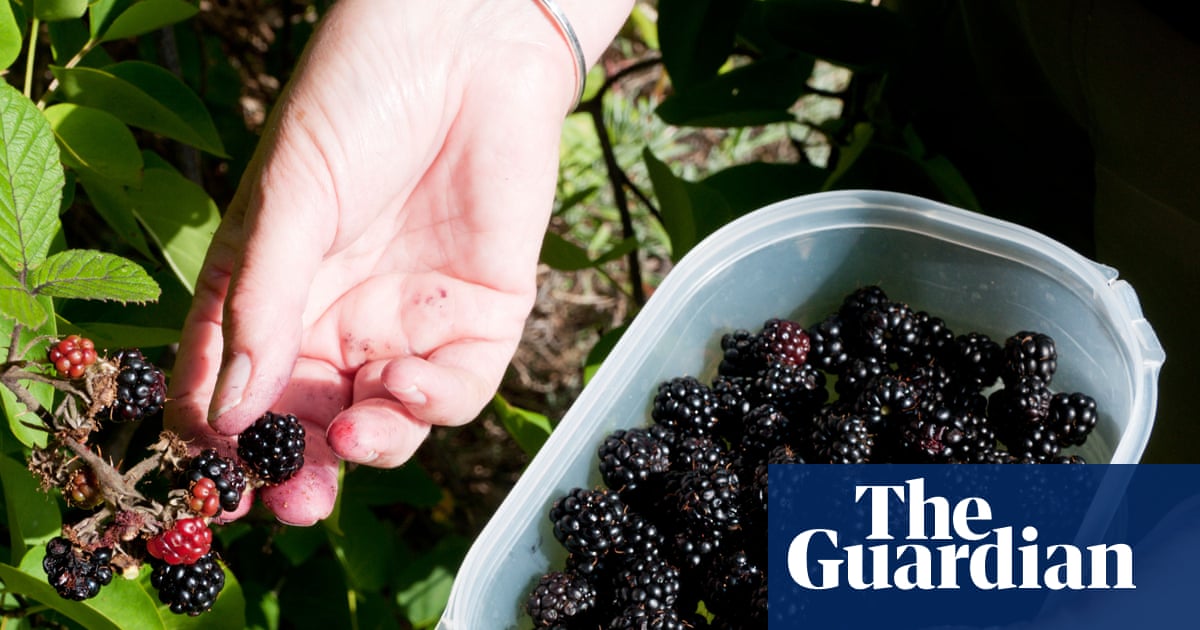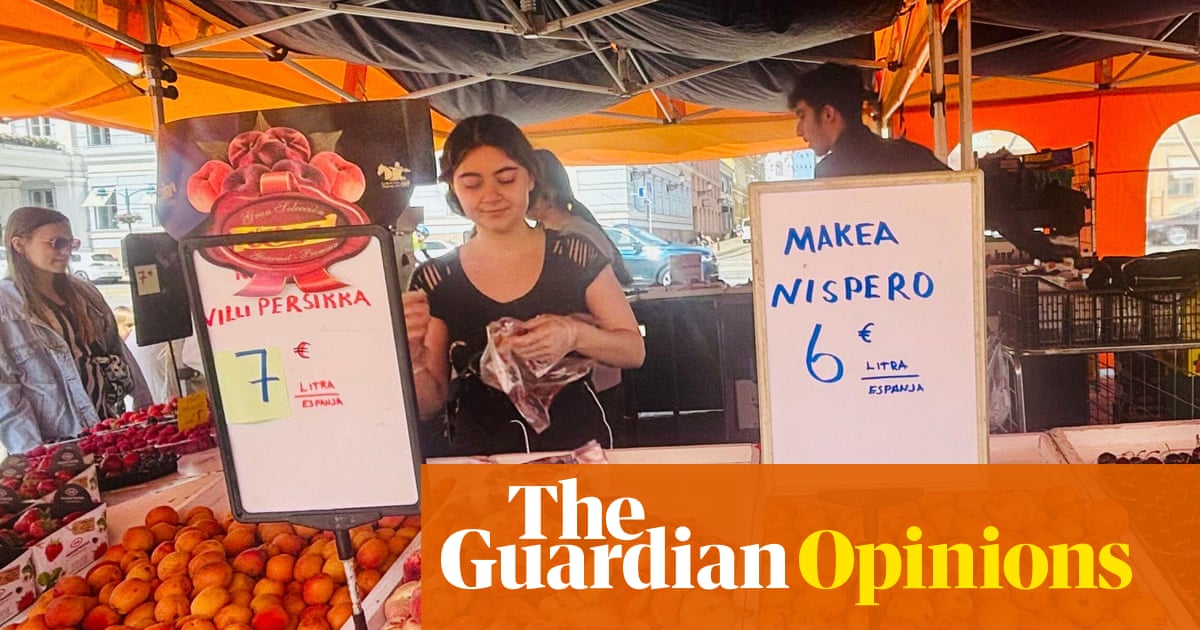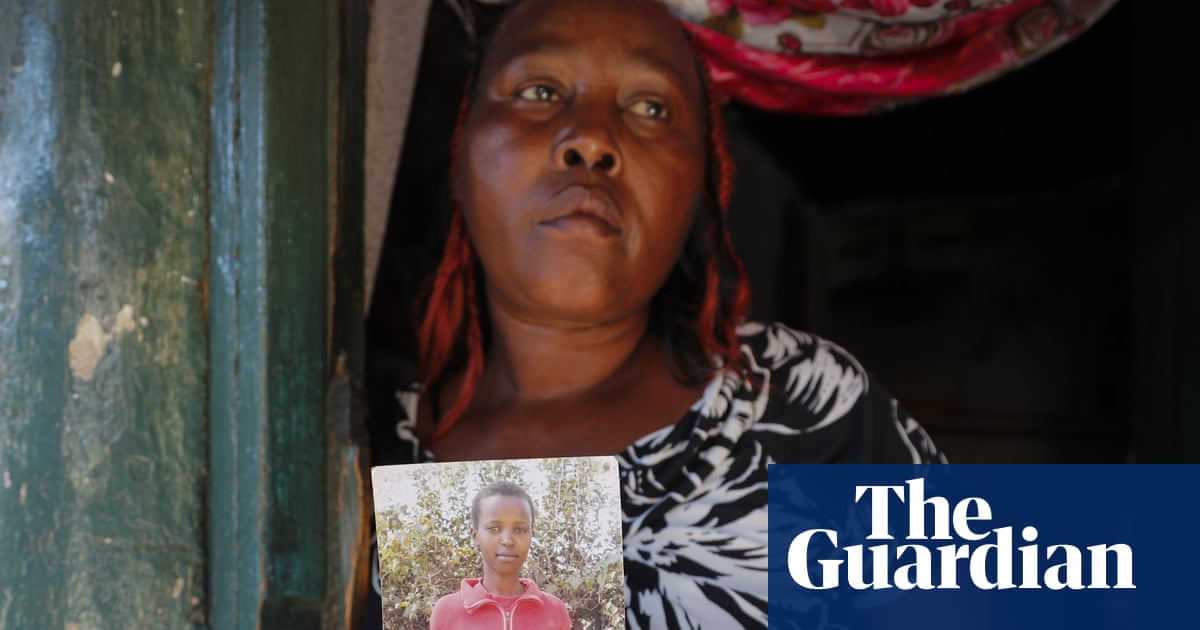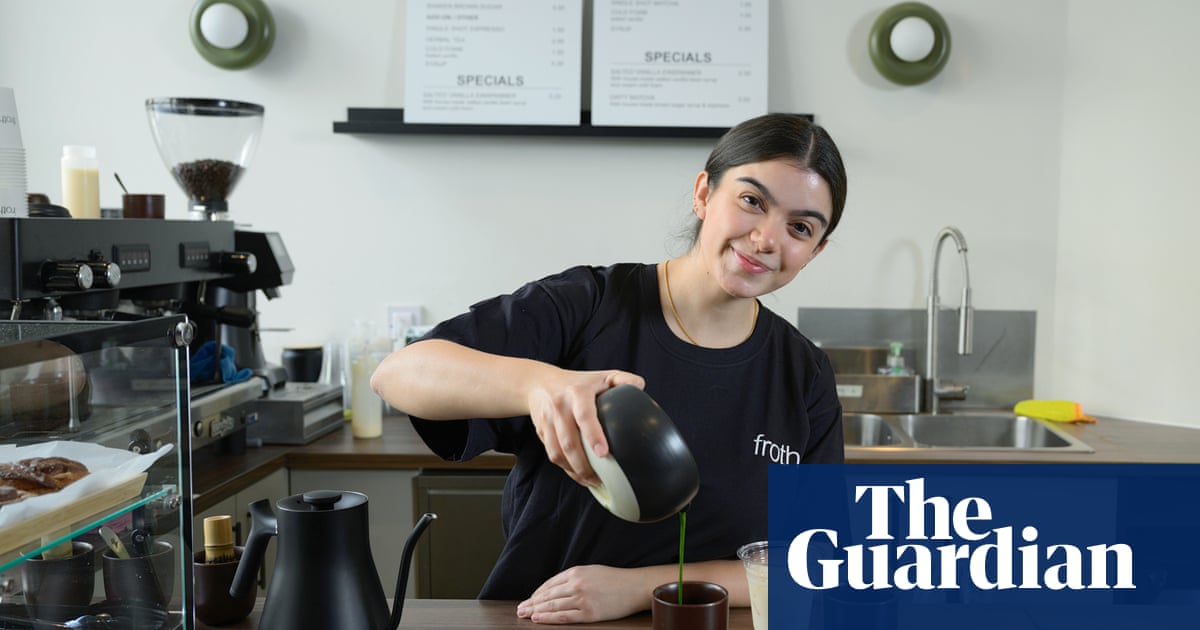Champagne glasses clink at an exclusive Bangkok party, where guests in designer clothes laugh and mingle. They take turns posing with a cat, passing it casually from one to the other. But as the camera settles, it becomes clear this is no house cat – it’s a lion cub. One woman, in a red cocktail dress, lifts the animal to her face and blows a kiss at the camera, a glass of wine balanced in her other hand.
Clips such as this are flooding Instagram and TikTok, offering a glimpse into Thailand’s booming captive lion trade. According to a new report by the Wildlife Friends Foundation Thailand and the Oxford Wildlife Trade Research Group the number of lions in captivity has more than tripled since 2018 – a trend fuelled in part by the rising popularity of exotic pets among the country’s wealthy elite. A growing network of lion farms cater to this demand – many of them run by amateurs with little experience in wildlife care.
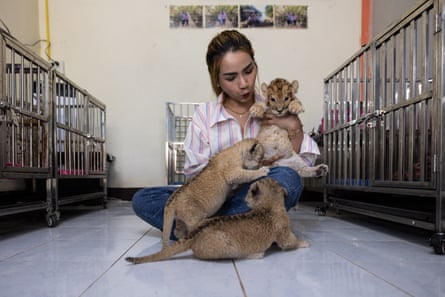
Sitting cross-legged on the floor of her nursery, lion breeder Patamawadee Chanpithak giggles as three cubs – just weeks old – clumsily crawl over her lap, nudging her with closed eyes as if trying to suckle. The room smells of kitten formula.
“We were very inexperienced when we started,” she says, recalling how five of her first six cubs died within days. To date, she has sold more than 80 lions across the country.
Some buyers are Thai and some are foreigners, she says, but all of them are wealthy – lion cub prices in Thailand start from $5,000 (£3,700), with white cubs fetching up to $15,000. Keeping a lion is costly, requiring reinforced enclosures and up to 10kg of fresh meat a day.
Most buyers want their lions as young as possible. While there are customers who buy directly from farms, breeders also work with agents who aggressively promote cubs on social media – not just to sell, but also to rent them out for photoshoots and parties.
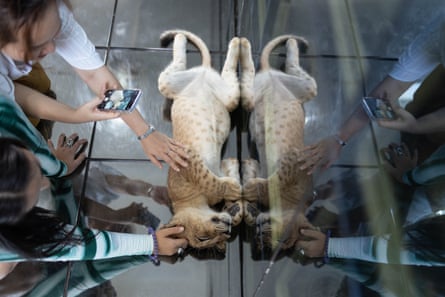
The problems begin once the animals grow. “Some people buy a lion and then can’t handle it,” says Patamawadee. “They ask us to buy it back.”
The report suggests this “buy-back” system has become central to the farms’ business model, offering the experience of owning a lion without the long-term commitment. Older lions may be used for breeding or passed on to zoo-like venues, generating profit at every stage of life.
Regular transfers between facilities make it difficult to track individual lions, contributing to the gap between official records and actual figures. The report identifies at least 444 lions in captivity – up from 138 in 2018, and more than the 342 registered with Thailand’s Department of National Parks, Wildlife and Plant Conservation. Researchers say the real number is probably significantly higher, as many sales and breeding activities go unregistered.
Despite attempts to control the trade, a number of loopholes have allowed it to flourish. In 2019, the government introduced the Wild Animal Preservation and Protection Act to regulate the ownership of non-native Cites-listed species such as lions, which previously had little protection. According to the report, the law had the unintended effect of boosting the trade in lions by creating a legal pathway with significant gaps in oversight. While lion ownership requires a licence, breeding does not – anyone who legally owns lions can also breed them. Cubs don’t need to be registered until they are 60 days old, and hybrid species such as ligers are excluded from the law altogether. The result is a thriving industry, with the trade in lion cubs alone estimated at more than $1m (£740,000) a year.
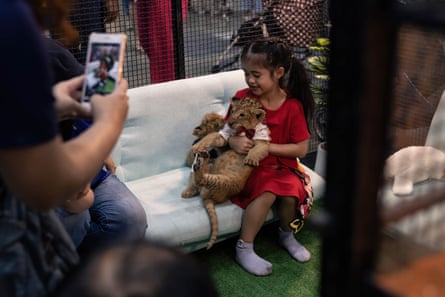
Taweesak Anansiriwattana, a Bangkok vet known by his customers as Dr Vee, sits in his office in a clinic on the outskirts of the city. “I don’t agree with people keeping lions as pets,” he says. Over the past five years, he has treated more than 25 privately owned lions. “Our climate is too humid for them. Skin infections are common,” he says, adding that malnutrition is also widespread. “People feed them chicken, but they need organs like liver and intestines to survive.” Though owners are required to build enclosures measuring a minimum of 3 metres by 3 metres, fewer than half of the households Dr Vee has visited meet these standards.
“There are serious animal welfare challenges,” says Tom Taylor, operations chief at Wildlife Friends Foundation Thailand and co-author of the report. “Some of these facilities keep lions in cramped and barren enclosures without sunlight, on concrete substrate, and poor-quality food, resulting in a life of misery.” To meet demand, breeders often separate cubs early to force mothers back into oestrus. Inbreeding is common, especially with white lions and hybrids, which are considered more valuable.
Lions, which are not native to Thailand, are listed as vulnerable by the IUCN. While the country’s captive population offers little benefit to conservation, Taylor warns it is becoming fertile ground for trafficking, fuelling demand that puts wild lions at risk. “We have received credible reports from traders indicating that lions in Thailand are being illegally exported, both as live animals and dead for their body parts,” he says, adding that lion parts may be filling the market gap left by the more tightly restricted tiger trade.
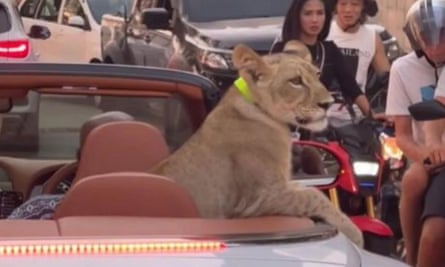
Public safety is also a significant concern, as seen in news reports of lions escaping from private enclosures or being taken into public spaces. In 2024, a viral video of a man driving a pet lion in a convertible car caused widespread concern. In response, the director general of the department of national parks said the government was considering changes to the law, including restrictions on lion ownership.
The report calls for an urgent ban on private ownership and commercial breeding, tougher licensing requirements, and limits on lion cafes and photo opportunities – arguing these practices promote the glamorisation of exotic pets. “Many people are drawn to the idea of owning a lion without fully understanding the ethical, financial and safety implications,” says Taylor, adding that similar trends are emerging with other non-native species, including ring-tailed lemurs and red pandas. “We hope this report encourages the public to think about where these animals come from, the conditions they are kept in, and what happens when they grow too large and dangerous to handle.”
Find more age of extinction coverage here, and follow the biodiversity reporters Phoebe Weston and Patrick Greenfield in the Guardian app for more nature coverage

.png) 3 months ago
108
3 months ago
108




